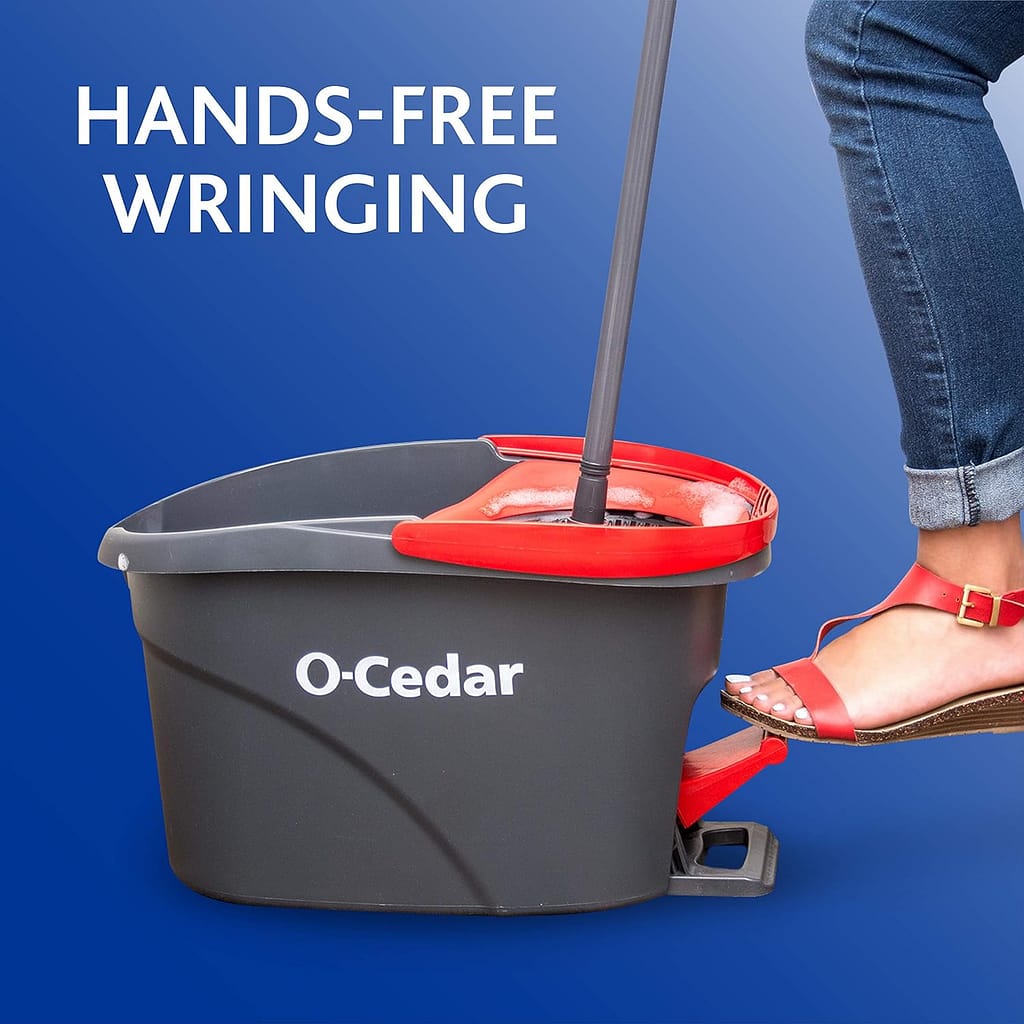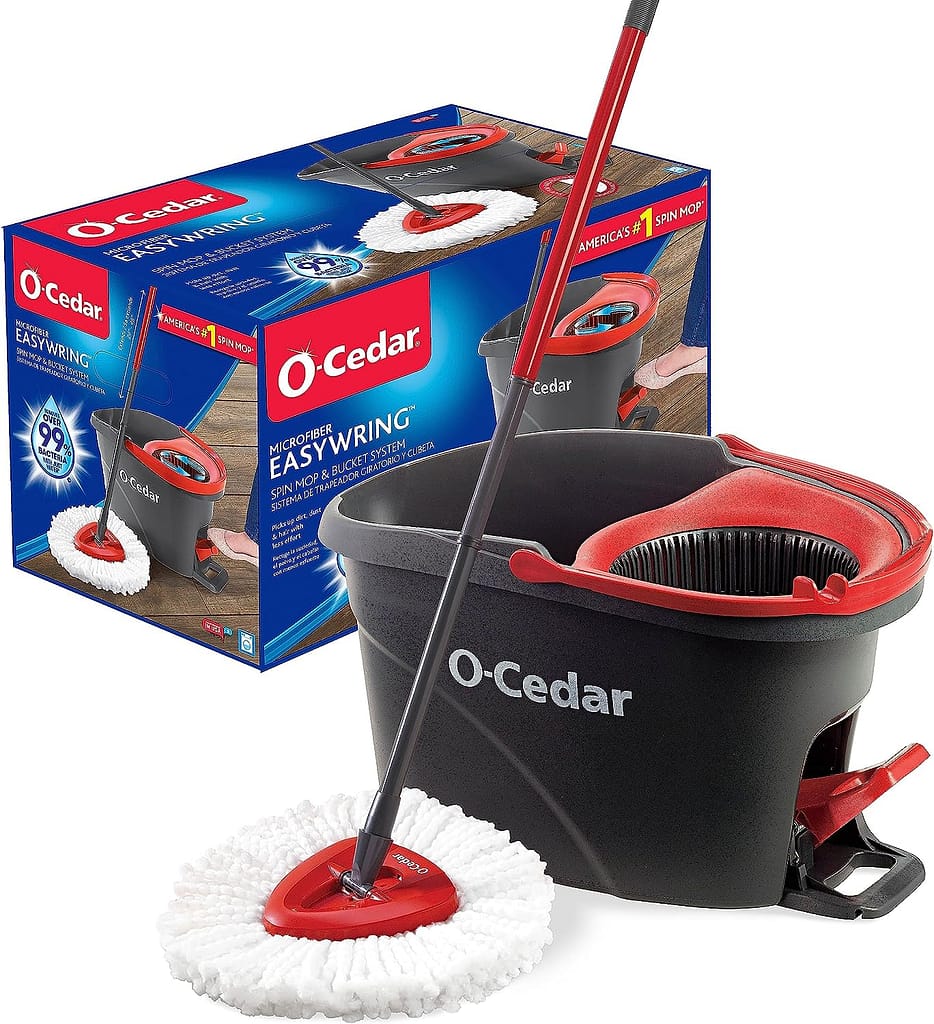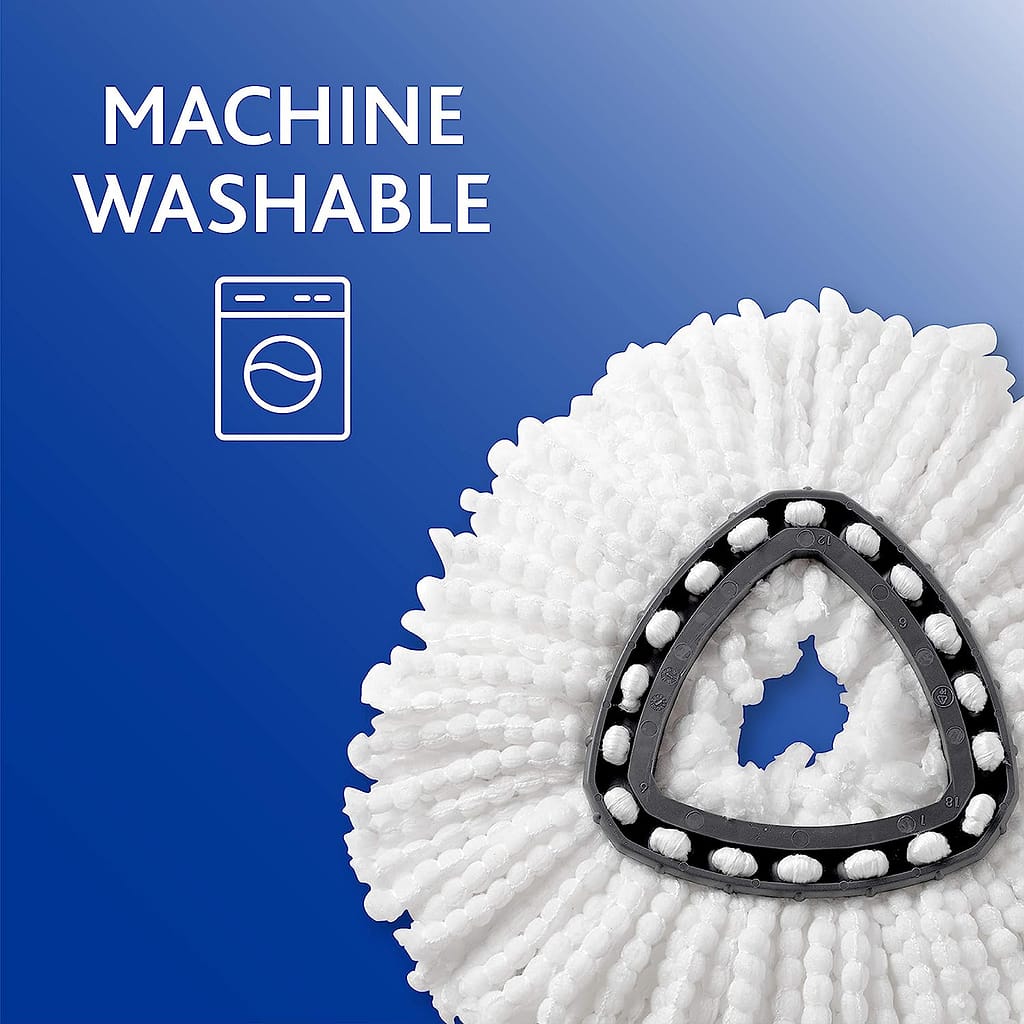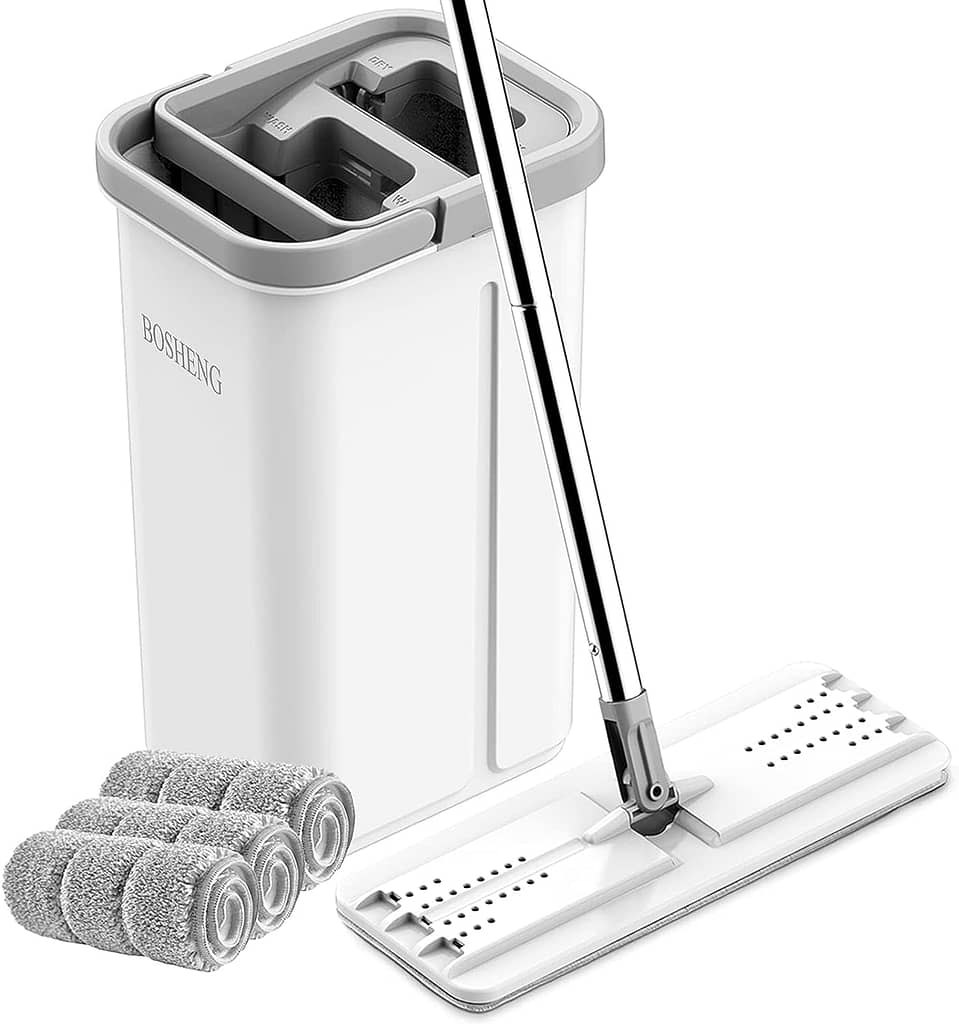Keeping your floors clean doesn’t have to be a chore. With the right mopping technique and tools, you can achieve a healthy and gleaming shine with minimal effort. This guide will walk you through everything you need to know, from choosing the perfect mop to tackling different floor types and common cleaning challenges.

Before You Mop
Preparing the Battlefield
- Clear the Floor: Remove furniture, rugs, and other obstacles to create a smooth mopping path.
- Sweep or Vacuum: This removes loose dirt, dust, and debris, preventing them from being smeared around by the mop.
- Address Spills: Tackle spills promptly to avoid them setting in and becoming tougher to clean.

Choosing Your Weapon
Mop Types:
- String Mops: Classic and affordable, ideal for large areas.
- Sponge Mops: Absorbent and easy to use, good for everyday cleaning.
- Microfiber Mops: Streak-free and effective, require less water.
- Steam Mops: Deep clean and sanitize, best for hard floors.

Floor-Specific Mops:
- Hardwood Floors: Opt for microfiber or spray mops with gentle cleaners.
- Tile Floors: Choose a mop that won’t scratch or leave streaks.
- Laminate Floors: Use a damp mop and avoid harsh chemicals.
Mixing Up Your Magic Potion
Commercial Cleaners:
- Follow the manufacturer’s instructions for dilution.
- Consider eco-friendly options for a healthier home.
DIY Solutions:
- Vinegar and water make a natural disinfectant for most floors.
- For greasy messes, add a few drops of dish soap.

Mopping Like a Pro
The Art of the Stroke
- Start Clean: Rinse your mop frequently in clean water.
- Wring it Out: Avoid soaking the floor; a damp mop is key.
- Work in Sections: Mop one area at a time, moving backwards to avoid stepping on clean floors.
- Straight Lines or Figure Eights: Experiment to see what works best for your mop and floor type.
Conquering Corners and Crevices
- Use a smaller mop or cloth for tight spaces.
- Baseboards and edges often harbor dust and grime; pay special attention to them.
After the Battle
Rinsing and Resting
- Rinse your mop thoroughly to remove dirt and cleaning solution.
- Hang it to dry properly to prevent mildew and odor.
- Clean your mop bucket to avoid harboring bacteria.
Special Considerations
- Wood Floors: Buff with a dry microfiber cloth to remove any moisture residue.
- Tile Floors: Allow them to air dry completely to prevent watermarks.
- Laminate Floors: Avoid using excessive water, as it can damage the laminate.
Conclusion
By following these tips and choosing the right tools for the job, mopping your floors can become a breeze. Remember, regular cleaning not only enhances the aesthetics of your space but also promotes a healthier environment for you and your loved ones. So grab your mop, unleash your inner cleaning warrior, and enjoy the satisfaction of sparkling floors!
Visit your local Amazon store or browse online today to discover a wide range of mops, cleaning solutions, and accessories to help you achieve squeaky-clean floors with ease!
